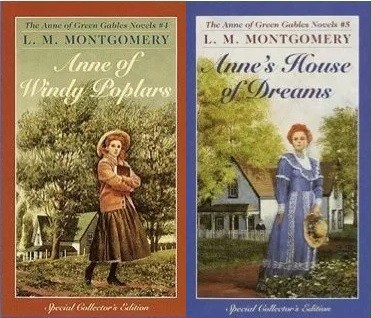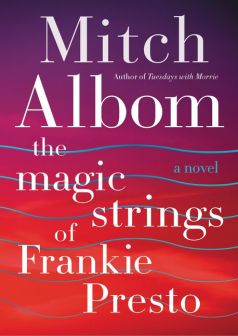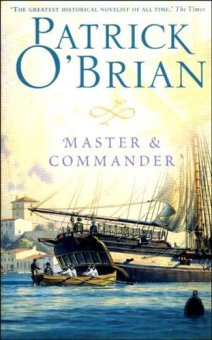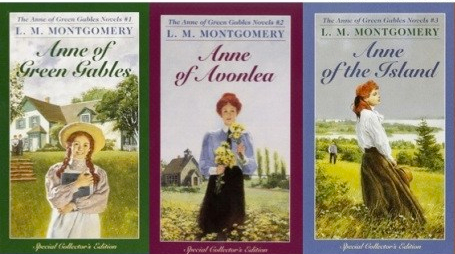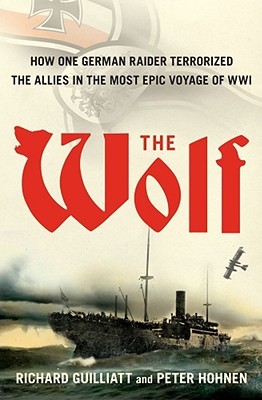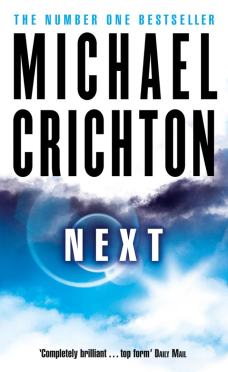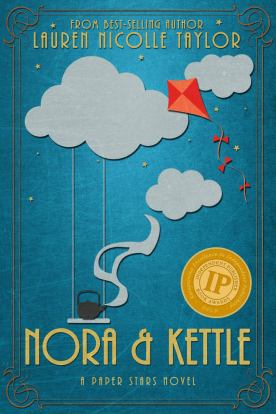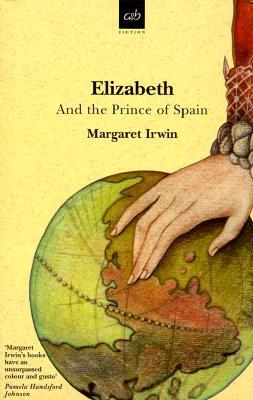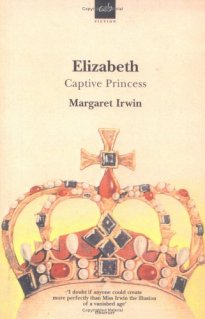I have myself, in the last couple of months, been wondering about my identity; how it was shaped by the culture I grew up in and how it will be influenced by the different culture I currently find myself in now. In The German Girl (Armando Lucas Correa) one aspect explored is not so much about losing one’s identity, but it being ripped away from you and how one survives, especially in a country which was supposed to be a refuge, but instead also turned its back on you. And this is what I love about books, how even though it explores an event in history which happened over 70 years ago, the themes are still relevant today and can and should be applied to what is happening in the world.
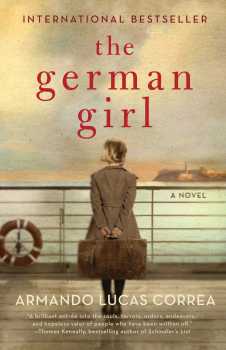
11 year old Hannah Rosenthal’s world has been turned upside down. Her beloved Berlin treats her like an outcast and she cannot figure out what she, and the people like her – her parents and her friend Leo, have done wrong to deserve this. She knows the Ogres, with their sinister red, white and black colours, are responsible. And while she tries to be brave, to avoid drawing attention to herself, she can see the toll the events of the outside world are taking on her parents. When her father is arrested, her mother is spurred into action procuring visas and passage aboard the St Louis, which will take them to Cuba, a stopover on their way to America. The two week passage, filled with on-board adventures, sumptuous meals and extravagant balls, are the happiest Hannah ever was, and ever will be. For at their journey’s end, they are confronted with the awful truth: that no country will have them. Of the 937 passengers who embarked on this hopeful journey, only 28 are allowed to disembark. Hannah and her mother are amongst this small group, but her father and her beloved Leo, who made the journey with her, are to remain and make the fateful voyage back to Germany. Hannah and her mother must now try to make a new life for themselves, one filled with sorrow, but also with moments of joy.
Anna, a young girl living in New York in 2014, receives a package from a mysterious relative who raised her father in Havana when his own parents died in a plane crash. In the package is a series of photographs of unfamiliar faces aboard the St Louis. Anna, now fatherless herself, and in search of understanding who he was, as she had never known him, convinces her mother to visit this Aunt Hannah in Cuba. Their stories are intertwined, for these two young girls, though lifetimes apart, are both on a quest to discover their identities, who they truly are, by looking to the past for answers.
If you don’t have faith and are not willing to forgive, if you don’t believe in anything, there’s no way that your body and soul will leave together.
I had a few rough starts with this book as I realised the book would be heavy going considering the subject matter, but it is worth it. I like the different perspective that Correa took by showing us, through a young child’s eyes, the devastating effective that the Nazi party had on Jewish lives and how that echoes throughout generations. Yet while this is a catalyst for the events that unfold in the tale, it is also about searching for meaning and figuring out how one fits in the world.

